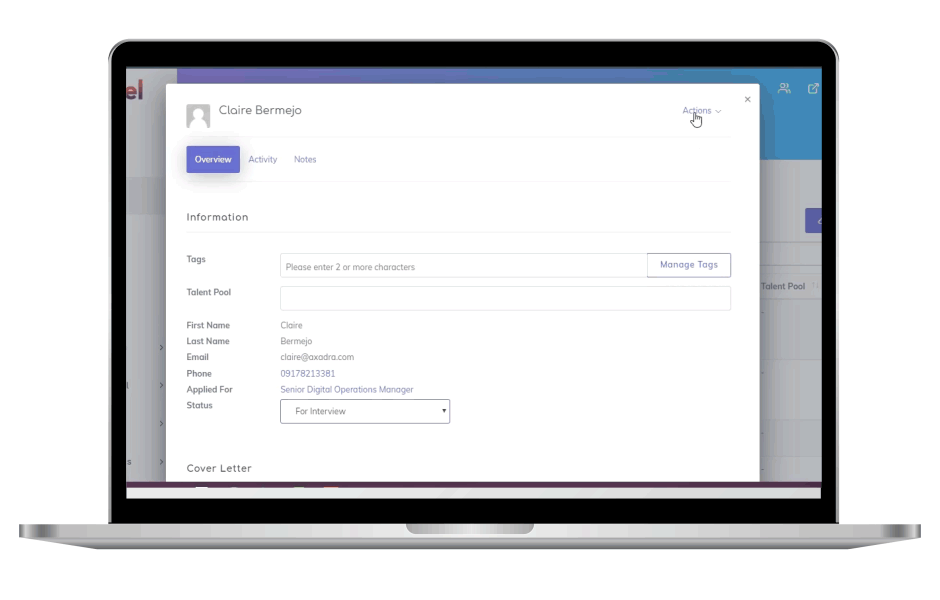In today’s highly competitive business environment, the importance of hiring the right talent cannot be overstated. Organizations often find themselves grappling with the decision of whether to prioritize culture fit or skill-based hiring.
Each approach brings its own advantages and challenges, making it crucial for companies to strike a delicate balance between the two. By considering a candidate’s cultural alignment and skillset, companies can create a harmonious and high-performing workforce that drives success. Achieving this balance requires thoughtful evaluation, strategic decision-making, and a commitment to nurturing a diverse and inclusive workplace.
Understanding Culture Fit
Cultural fit is crucial in the workplace, as it pertains to the harmony between an employee’s beliefs, behaviors, and attitudes, and the values and culture of the organization. This alignment has a profound impact on the overall success and performance of the organization, making it a critical factor to consider when building teams and fostering a positive work environment.
Impact of Culture Fit on Organizational Success
A strong cultural fit can lead to numerous benefits for both employees and companies alike. When employees align with their company’s culture, it results in increased job satisfaction, higher retention rates, improved performance, and enhanced overall well-being. By feeling a sense of belonging and shared values, employees are more likely to feel engaged, motivated, and committed to their roles.
This alignment fosters a positive work environment, promotes effective teamwork and collaboration, encourages innovation and creativity, and contributes to a strong sense of employee loyalty and organizational pride. Furthermore, a strong cultural fit cultivates a supportive and inclusive workplace, where individuals can thrive and reach their full potential. Ultimately, investing in a strong cultural fit creates a win-win situation for both employees and organizations, leading to long-term success and growth.
Challenges in Hiring for Culture Fit
Assessing cultural fit can be a challenging task. It is a subjective process that can often be influenced by unconscious biases.
It is important to note that an overemphasis on cultural fit can result in a lack of diversity, which in turn can stifle innovation and creativity. Striking a balance between recruiting for cultural fit and promoting diversity is essential to creating an inclusive and innovative work environment that values different perspectives and experiences.
What is Skill-Based Hiring?
Skill-based recruitment is an approach that emphasizes a candidate’s relevant skills and abilities for a specific job role. Unlike traditional hiring methods that prioritize cultural fit, skill-based hiring gives precedence to technical competencies and specific skill sets.
By evaluating candidates based on their demonstrated capabilities, employers can ensure a better alignment between job requirements and candidate qualifications. This approach promotes a more objective and merit-based selection process, fostering diversity and inclusivity in the workforce.
Importance of Candidates’ Skill Sets
Now that you know the definition of skill-based hiring, it’s time to learn about the importance of this approach. Skilled employees play a crucial role in driving productivity, contributing to business growth, and helping maintain a competitive edge. Their expertise and proficiency in various areas enable them to tackle challenges effectively and make significant contributions to the success of the organization.
Additionally, skilled employees bring innovation, creativity, and fresh perspectives to the table, fostering a culture of continuous improvement and excellence. With their diverse skill sets, they can adapt to changing market dynamics and emerging industry trends, ensuring the organization remains agile and resilient.
Furthermore, skilled employees inspire and motivate their colleagues, fostering a collaborative and high-performance work environment. So, investing in attracting and retaining skilled candidates is vital for organizations aiming to achieve long-term success and thrive in today’s competitive landscape.
Challenges in Assessing Applicants’ Skill Sets
Assessing a candidate’s skills can be a complex task. While some skills are easily quantifiable, there is a risk of overlooking important soft skills such as leadership, communication, and problem-solving abilities. These skills, although difficult to measure, are crucial for success in any role.
It is important for hiring managers to adopt a comprehensive approach that considers both hard and soft skills when evaluating candidates. This ensures a more accurate assessment and increases the likelihood of finding the right fit for the organization.
Finding the Balance Between Culture-Fit Hiring and Skill-Based Recruitment
Finding the perfect balance between culture-fit hiring and skill-based recruitment can be a challenge. To help you find the most suitable candidate for your organization, here are some strategies you can try:
Define and Feature Your Company Culture
It is important to have a clear definition of your company culture and values. Ensure that these are reflected in your job descriptions and conveyed during interviews. This will attract candidates who are aligned with your culture.
Additionally, make an effort to share your company culture through your website and social media platforms. This will provide potential candidates with insight into your organization’s values and work environment. If possible, encourage your current employees to share their stories and experiences, adding a personal touch.
By following these steps, you can enhance the quality of your content and attract candidates who resonate with your company’s vision and values.
Ask Culture Fit Questions
During interviews, ask questions that assess cultural fit. For instance, you can ask about a candidate’s preferred work environment, their approach to teamwork, or how they handle feedback. This will allow you to have a more objective way of assessing an applicant’s culture fit and determining if they align with your company’s values.
Conduct Skills Assessment Tests
Skills assessments are a valuable tool for objectively evaluating a candidate’s abilities. By utilizing these tests, you can gather quantifiable data to inform their hiring decisions and mitigate bias.
These assessments not only provide valuable insights into a candidate’s skills and competencies but also enable you to make more informed choices when selecting the right talent for their teams. Ultimately, the use of skills assessments enhances the objectivity and effectiveness of the hiring process, leading to better matches between candidates and job requirements.
Train Recruiters to be More Objective
To ensure a more balanced and fair recruitment process, it is crucial to provide comprehensive training to recruiters, in addition to tracking applicants’ progress. This training will enable them to recognize and effectively mitigate their biases.
By doing so, organizations can foster a more inclusive and diverse workforce. Implementing training programs that address unconscious biases will ultimately lead to better hiring decisions and create opportunities for candidates from all backgrounds to succeed.
Find the Right Candidate for Your Company
The key to successful hiring lies in finding the right balance between cultural fit and skill-based recruitment. By defining your company culture, asking the right questions, conducting skills assessments, and training your recruiters, you can create a well-rounded hiring process that values both cultural fit and skills. This balance will ultimately lead to a diverse, talented, and cohesive workforce that drives your company towards success.














